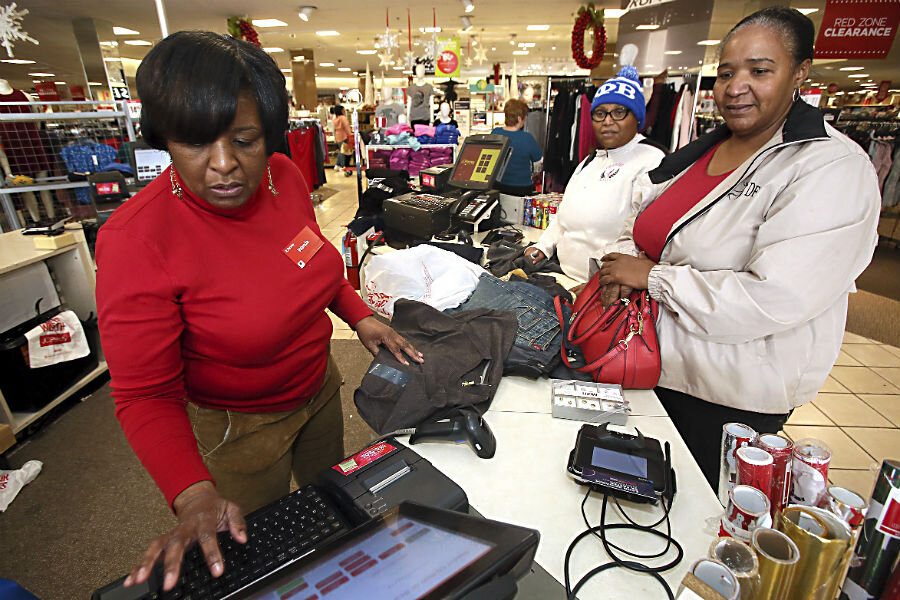Strong holiday sales buoy retail store stock prices
Loading...
| Chicago
Shares of US department stores jumped on Tuesday as Mastercard Inc said shoppers spent over $800 billion during the season, more than ever before, boosted by growing consumer confidence, rising employment and early discounts.
Sarah Quinlan, head of market insights for Mastercard Advisors, disclosed the figure after the payments processor's analytics arm published its SpendingPulse retail report.
The report said holiday sales in stores and online between Nov 1 and Dec 24 rose 4.9 percent, the fastest year-on-year pace of increase since 2011. Mastercard, which tracks spending by combining sales activity in its payments network with estimates of cash and other payment forms, excluded automobile sales from its figures.
Most U.S. major retail store stocks have tumbled this year as they continued to lose sales to online stores, mainly Amazon.com Inc . Traditional retail chains have also been hurt by heavy investments in technology and discounting, made to keep up with online and off-price competition. This past year has been a difficult one for major department store chains, as The Christian Science Monitor reported in August.
An estimated 5,300 retail locations have closed through June 20, according to one estimate – nearly triple the rate from a year ago. That makes 2017 poised to surpass the number of closings in 2008, in the depth of the Great Recession.
The retail sector shed 6,100 positions in June this year alone, according to the Labor Department. Since 2001, employment at department stores like Sears and JCPenney has declined 46 percent. An estimated 89,000 employees in “general merchandise” stores were laid off between October 2016 and April 2017 – more than the entire workforce of the US coal industry.
Share prices in J.C. Penney Co Inc rose 7.6 percent on Tuesday, while Kohl's Corp shares were up 5.8 percent, Macy's Inc rose 5.1 percent and Nordstrom Inc increased 2.8 percent.
SpendingPulse said the moderate sales increases seen in apparel and department stores were particularly impressive given this year's slew of store closures.
Online sales rose 18.1 percent during the holiday season, thanks to a late rally in sales, according to Mastercard.
"But that's probably only 11 or 12 percent of total retail sales ... the bulk of sales still is very much in stores," said Quinlan.
"There's growth, don't get me wrong, but we still love that experience of being in store."
The biggest winner of the holiday season was likely to be Amazon.com once again, however, according to a Reuters/Ipsos opinion poll conducted this month.
Amazon.com said on Tuesday that it had topped its worldwide holiday sales record this year, with more than 4 million people opting to trial Amazon Prime in one week during the period. (Reporting by Richa Naidu; Editing by Andrew Hay)







